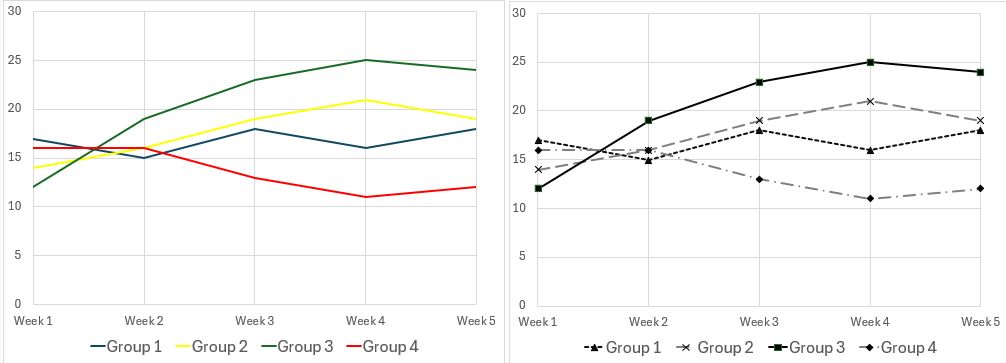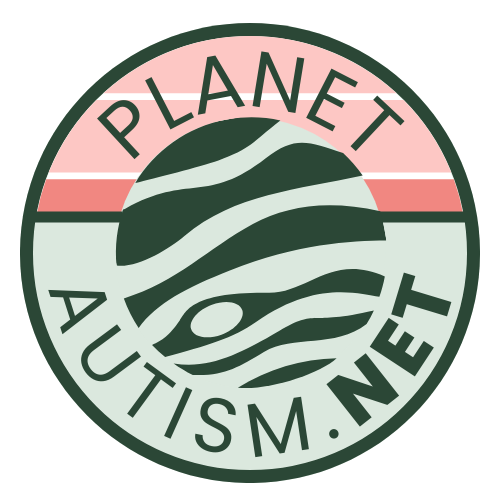Thoughts on Neurodiversity Celebration Week, Part 1
Here’s a little context for this post: This was the first time that I disclosed my autism publicly. At this point, only a very few people knew that I was autistic. I had shared some LinkedIn posts about autism in particular or neurodiversity in general, but I had never suggested that I was autistic.
This was posted in mid-March, 2024, during Neurodiversity Celebration Week. I didn’t plan on posting anything, but I saw many, many posts full of meaningless gestures about neurodiversity that I couldn’t be quiet any more. I decided that it was time to stand up, take a deep breath, and say “I am autistic.”
I was in college 30+ years ago, and I needed to give a presentation for a class. One of the graduate students in the department took me aside and told me that any graphs or charts I presented should be in black and white, using different line patterns (solid, dotted, dashed), different markers (squares, circles, triangles), and different shading to distinguish between the groups. This was because one of the senior faculty, Dr. H, was colorblind. It was easier for him to read graphs that were in black and white.

And so I made the graphs and charts in black and white. We didn’t call it an accommodation. We didn’t call it anything because we didn’t need to talk about it. If making the graphs in black and white would help Dr. H, so be it. No discussion required.
Nobody treated Dr. H like he was broken or defective. Nobody misunderstood his colorblindness and tried to give him a white cane or a seeing-eye dog or books written in braille. Nobody felt sorry for him or excluded him from anything. Nobody felt the need to be careful about discussing certain topics around him.
Nobody made Dr. H go to an optometrist or ophthalmologist to get proof that he was colorblind. There were no forms. If anyone from HR or the legal department knew that Dr. H was colorblind, they didn’t care.
This is NOT an appeal to return to the mythical “good old days.” And I realize that there are significant differences between being colorblind and being neurodivergent. And I realize that the issues of disability and access are complicated. I’ve lived the realities of being autistic in corporate America.
But at the same time, we were told that a small change would make life easier for Dr. H. So we changed. And we all internalized that change. You could always spot someone who came out of that particular program because of the way they made charts and graphs. To this day, I still think about Dr. H whenever I am making charts or graphs.
Inclusion and diversity aren’t about an annual Grand Gesture. Or proclaiming a Day or a Week. Or certificates or plaques or speeches or any of the other stuff that’s easy and showy. It’s about recognizing an opportunity to make somebody’s life easier or better. And making a change. And internalizing that change. And then looking for the next opportunity. It’s a long, slow process that isn’t particularly glamorous. And it’s not as easy as a social media post professing support. But it’s how change happens.
I don’t want a certificate or a T-shirt or a social media post or a pizza party or anything else from “The Big Book of 101 Empty Corporate Gestures.” I just want the freedom to be myself. I want the same courtesy that a bunch of clueless college students automatically extended to Dr. H 30+ years ago. I want change.
